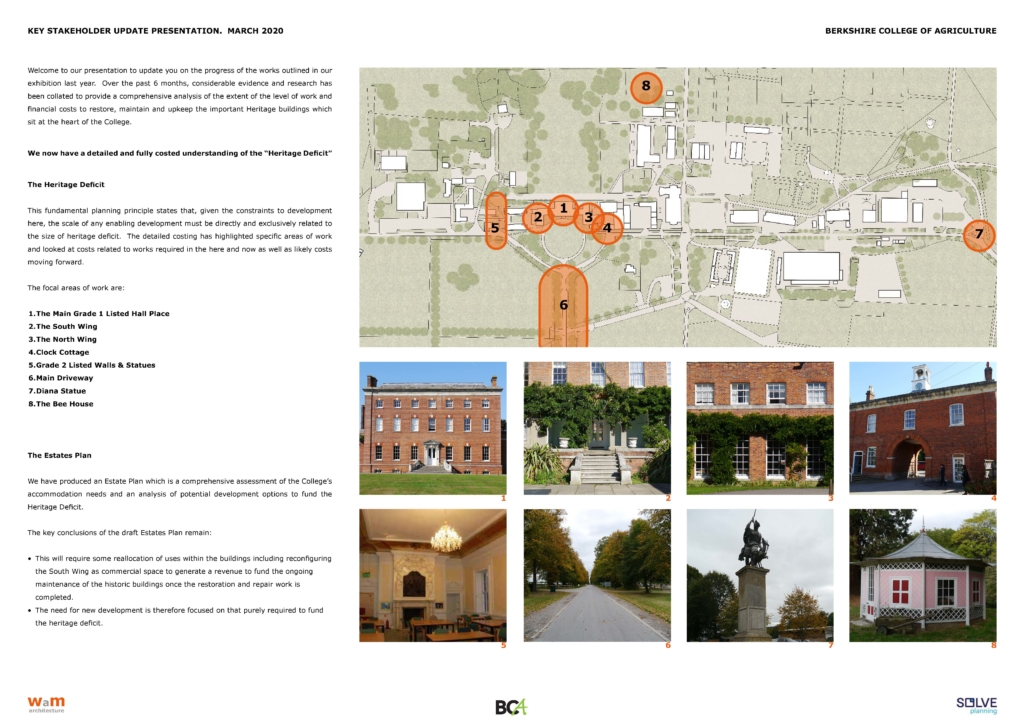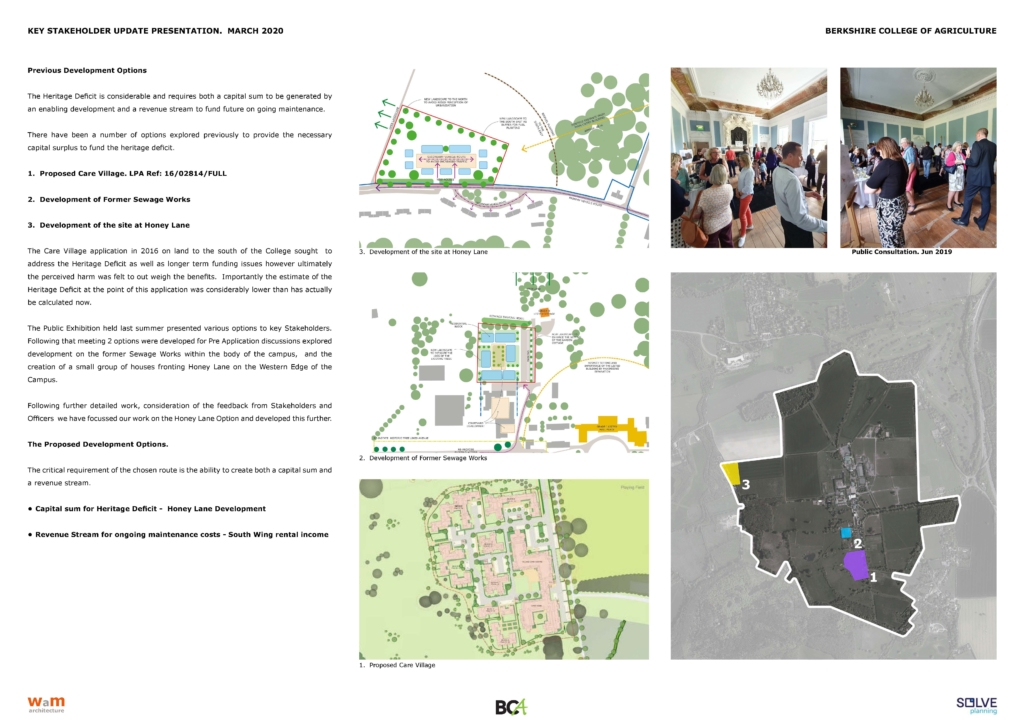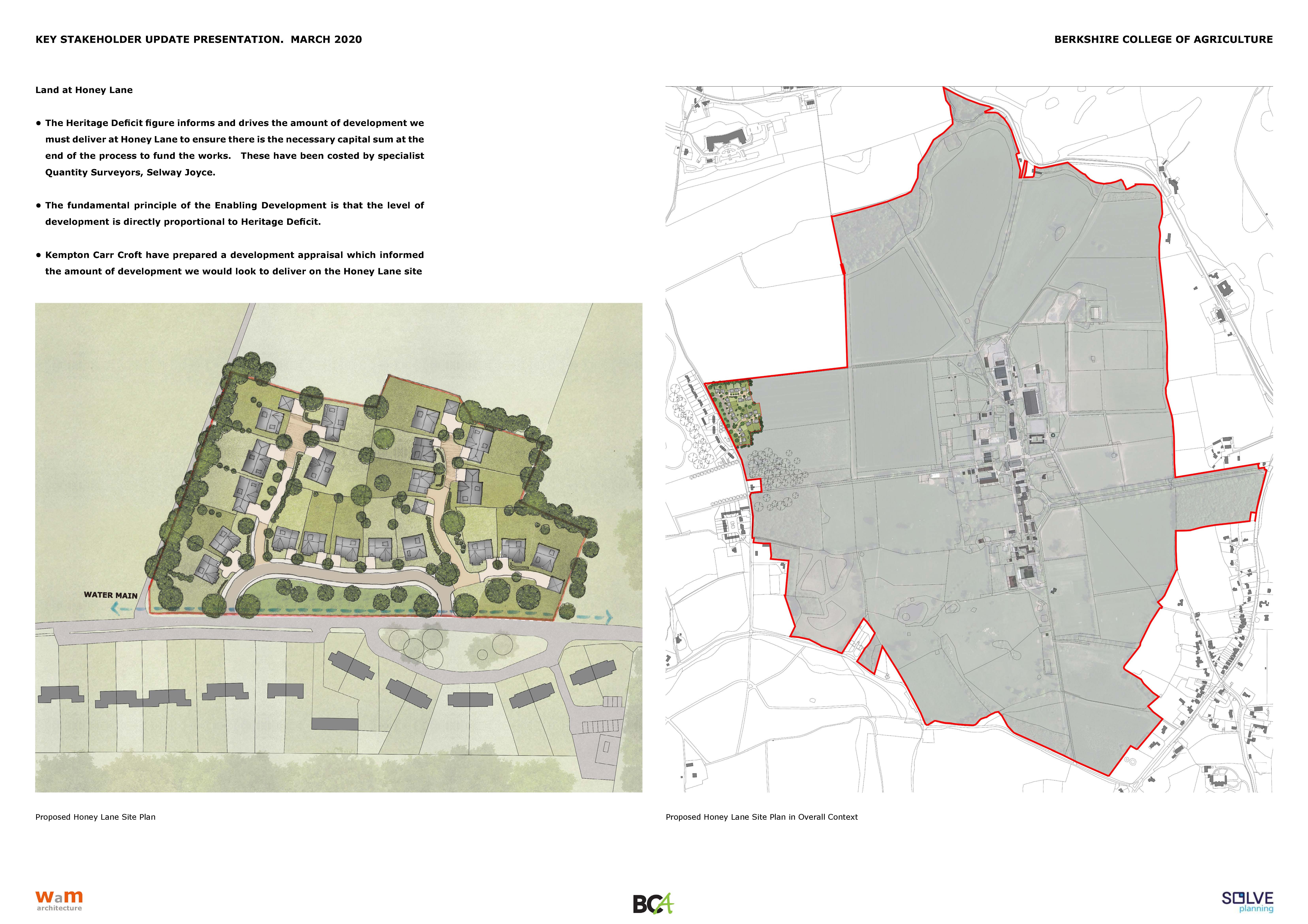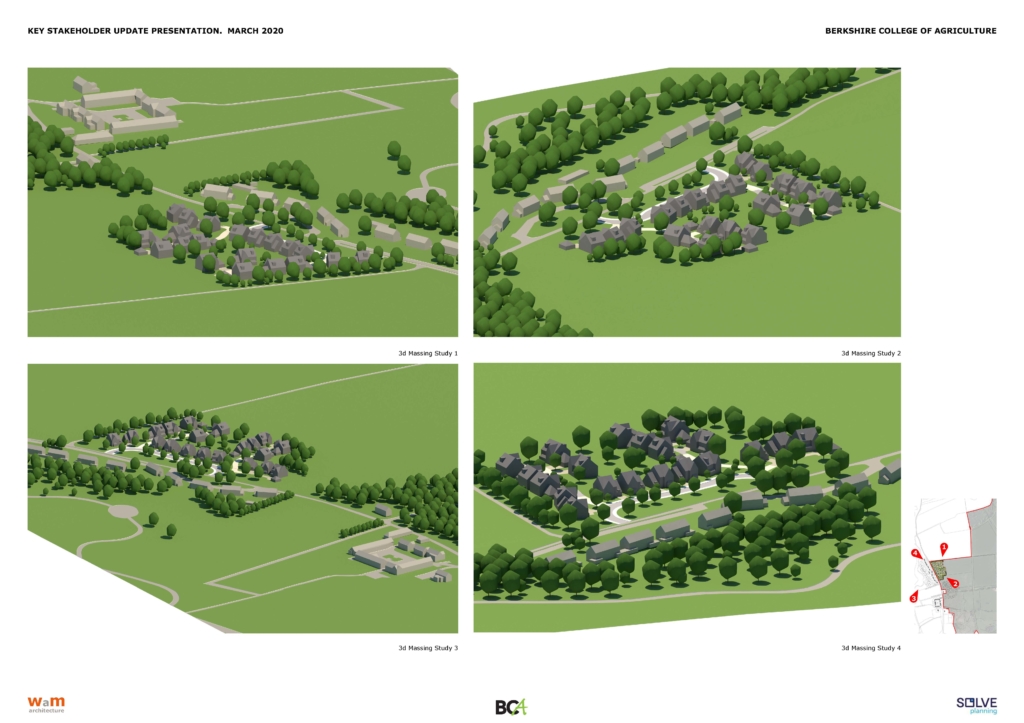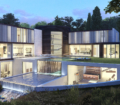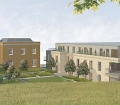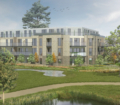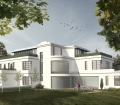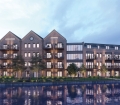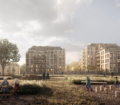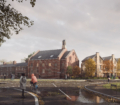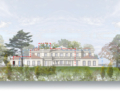Estate strategy update (stakeholders)
As many of us are aware, the College is custodian of a number of grade 1 and grade 2 listed assets. These include the listed house and gardens, a statue, bee house and driveway. The College draws the majority of its funding from the Department for Education (DfE) who provide a revenue stream to support the education of young people and vulnerable adults only. Years of use and lack of capital for repairs, maintenance and restoration now mean that the heritage assets are in a very poor condition and have the potential, not only to go beyond reasonable repair, but also to present a significant health and safety risk to students and staff.
The College was successful in 2018 in securing a restructuring grant and loan from the DfE to remedy its educational deficit (long term loan) however they are very clear that, whilst they recognised that the biggest financial risk to the future of the college was the heritage deficit associated with the assets, they were not set up to provide any capital to support our request.
However, because of the importance of securing appropriate capital for the repair and restoration of the heritage assets, the DfE has funded our proposed planning application.
They have been clear though, this is the most that they can do to support us.
As collective trustees of these assets we are asking for your support and counsel to assist us with the realisation of the capital that we need for our heritage deficit. These funds would be used wholly and exclusively for the listed assets and not for any educational or college development or expansion. It is our intention that, as part of the restoration programme, we restore and convert the South Wing of the mansion to office space which would be held in trust in perpetuity solely for the benefit of ongoing repair and maintenance of the heritage assets. This rental income, estimated to be approx. £30,000pa would help us to ensure that the College would have no future requirement for campus development to support the listed assets. In this way we would be protecting the heritage building and estate for the future use and enjoyment of generations of people to come.
Following the advice of government regarding COVID-19 we have converted our presentation into a web format to ensure we can still update you and obtain any feedback you have.
To ensure it is fully clear we have extracted the text from the Display Boards prepared to ensure the information is clear. The text on the boards is a repetition. We hope it is clear and you can see the progress we are proud to be making. If you have any questions or comments please send an email to:
We will endeavour to get answers to any questions you may have.
Many Thanks
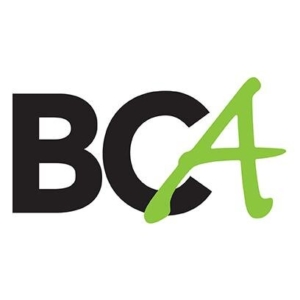
The Heritage Deficit
The Main Grade 1 Listed Hall Place
The South Wing
The North Wing
Clock Cottage
Grade 2 Listed Walls & Statues
Main Driveway
Diane Statue
The Bee House
The Estates Plan
Previous Development Options
The Proposed Development Options.
Capital sum for Heritage Deficit – Honey Lane Development
Revenue Stream for ongoing maintenance costs – South Wing rental income
Land at Honey Lane
Planning Process
The pre-application submissions will form the basis of an outline planning application in Summer 2020.
Associated List Building Applications for the heritage works and conversion of the South Wing will also be prepared.
Next Steps
Submission of further detailed Pre Application
Preparation of Outline and Listed Building Planning Applications
Timetable
Second Pre Application submissions to RBWM – April 2020
Submission of Outline Planning Application and Listed Building Consent Applications – Summer 2020

